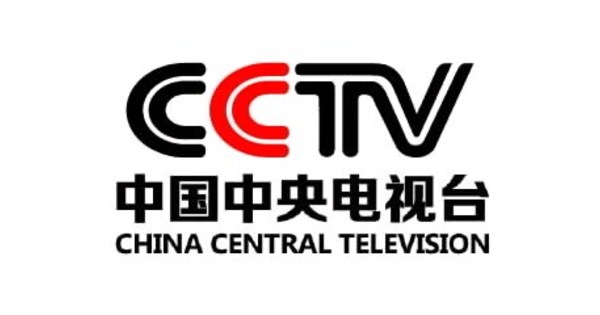“Manufacturing consent” refers to a concept introduced by U.S. theorists Edward S. Herman and Noam Chomsky in their 1988 book Manufacturing Consent: The Political Economy of the Mass Media. The book explores the ways in which mass media in democratic societies serve the powerful elites and contribute to the shaping of public opinion. The term “manufacturing consent” describes the process through which media organizations, influenced by corporate interests, government agendas, and other powerful entities, create a consensus or an accepted narrative that aligns with the interests of those in power.
In this book, the authors introduced and elaborated “the propaganda model”. The theoretical model explains how economic, social and political mechanisms are manufactured to control and manipulate consumers, and consists of five main filters that access how media content is produced:
- Ownership of the media
- Advertising and media funding
- Sourcing in the news and general content
- Flak
- Anti-communism
In this blog post, I am going to explore which filters of the propaganda model and how the filters apply to China Central Television (CCTV).
- Ownership
CCTV is a national television broadcaster of China, established in 1958, owns 43 channels, operated by the National Radio and Television Administration which reports directly to the Chinese Communist Party (CCP)’s Central Propaganda Department, which means it is owned, operated and controlled by the Chinese government. This aligns with one of the key filters in the propaganda model – ownership. Ownership allows the government to influence the editorial viewpoint and overall content of CCTV.
- Advertising
Like many television stations, CCTV derives revenue from advertisements. During the rebroadcast of events such as NBA games, commercial breaks are common. CCTV often collaborates with various business corporations, leveraging the broad audience of the NBA to attract advertisers. Putting ads during the breaks usually costs a lot of money. CCTV hasn’t released official data on advertising revenue for years. But according to some news outlets, the advertising revenue of CCTV in 2005 has already reached 8.6 billion RMB (cctv.com, 2006)
3.Sourcing
CCTV produced its own news broadcasts and Xinwen Lianbo is the most powerful and prolific television news program produced by CCTV. It has the largest group of audience in China. All of the content of Xinwen Lianbo is produced by CCTV itself and most of the news is being narrated through the host’s monologue and some expert interviews. We can barely see any interviews with the public. This is in line with the filter of sourcing, reflecting the tendency of media outlets to present news and information in ways that support the government’s narrative and maintain social cohesion, just like CCTV.
In conclusion, some key filters of the propaganda model can apply to CCTV such as ownership of the media, advertising and sourcing in the news. In exploring the propaganda model’s application to CCTV, it becomes evident that the media landscape in China is shaped by mechanisms that control and manipulate information in a manner that is consistent with the interests of those in power.
Reference
cctv.com(2006) CCTV Advertising Revenue of 8.6 Billion RMB in 2005, Reflects China’s Infinite Economic Vitality page. Available at: http://www.cntv.cn/program/tongying/20060220/100576.shtml(Accessed: 20/November/2023).
Cision PR Newswire (2018) no title. Available at: https://www.prnewswire.com/news-releases/cctvs-the-nations-greatest-treasures-inspires-new-programs-with-endemol-shine-group–bbc-world-news-at-mipcom-2018-300736926.html (Accessed: 21/November/2023).

